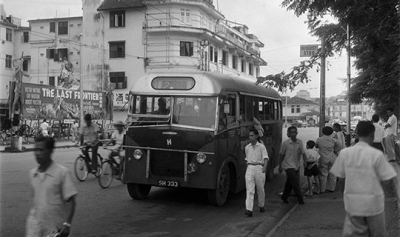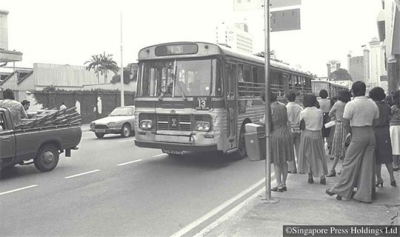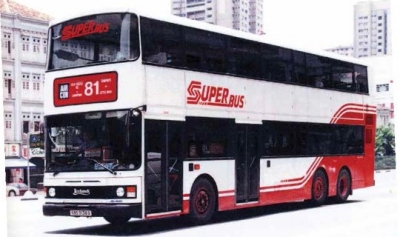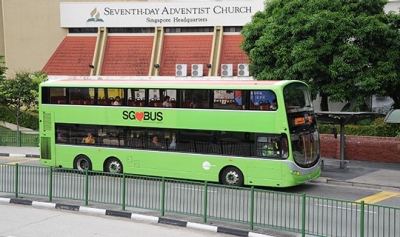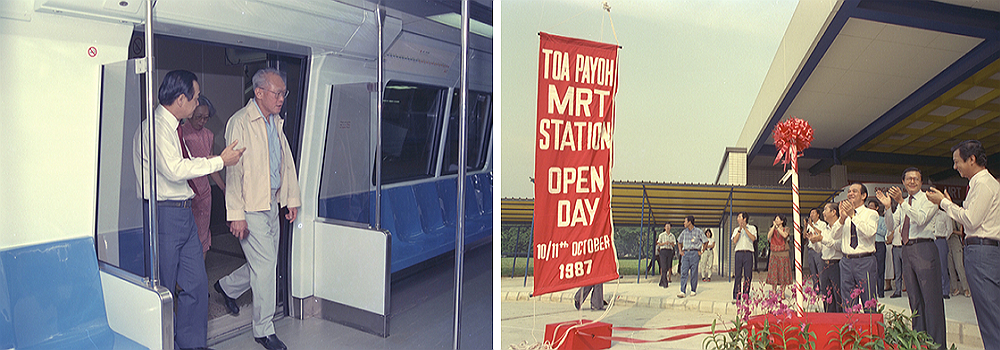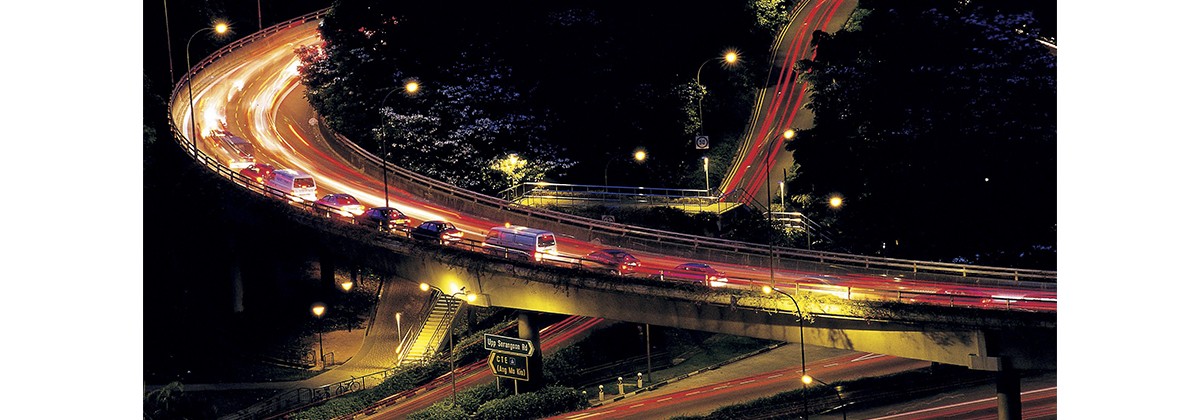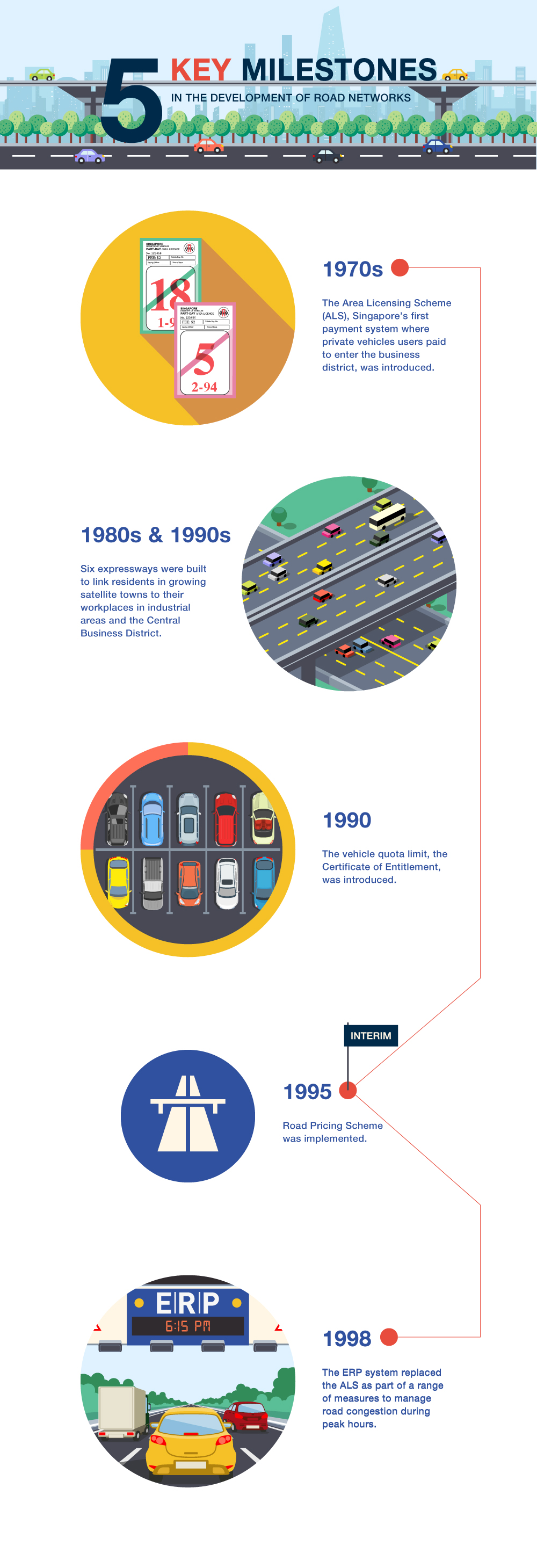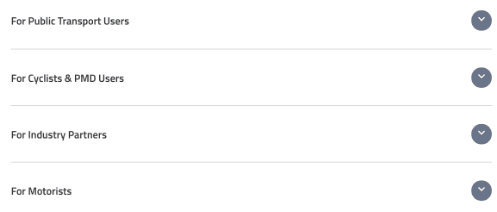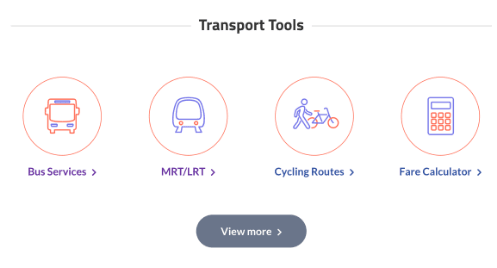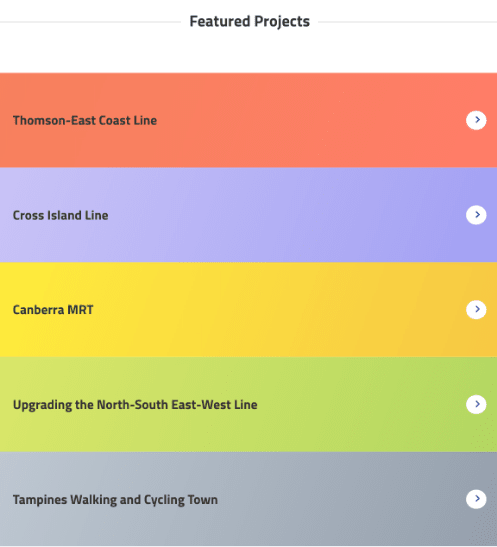The first step towards integration was the launch of a stored value magnetic strip fare card in 1990. This common payment system for bus and rail paved the way for contactless cards and the setting-up of EZ-Link as an LTA subsidiary.
As the MRT system expanded to complement bus services, public transport operators also evolved. Bus operator TIBS and train operator SMRT merged in 2001, while bus operator SBS renamed itself as SBS Transit, reflecting the multi-modal nature of their companies.
The development of Integrated Transport Hubs allows commuters to seamlessly run errands in air-conditioned comfort as part of their journey. The first hub at Toa Payoh opened in 2002. At the same time, five older MRT stations (Dhoby Ghaut, Outram Park, Somerset, Novena and Tampines) were upgraded to include disabled-friendly facilities.
Distance fares were implemented in 2010 for a more equitable fare structure, and give commuters more flexibility and encourage them to take the most efficient travel route, whether by bus or train.
By 2013, the focus moved towards increasing public transport usage, increasing connectivity, improving journey times and ensuring that more train stations were closer to homes. The aim of the Walk Cycle Ride initiative was to make access to transport hubs more seamless. The Land Transport Master Plan 2040 (LTMP 2040) will set the vision for 2040 and the future of land transport in Singapore.
As we move towards a car-lite future, we are exploring more commuting options. In addition to improving walking and cycling facilities, we are tapping on the potential of new technologies such as the latest in autonomous and electric vehicles, and other intelligent systems, to better allocate resources and shape the future of commuting to be even more safe, reliable and comfortable.
The story of LTA does not end here. As LTA moves into the next decade and beyond, we continue to look within and outside the organisation to improve, and create an excellent transport system that Singaporeans can be proud of.



